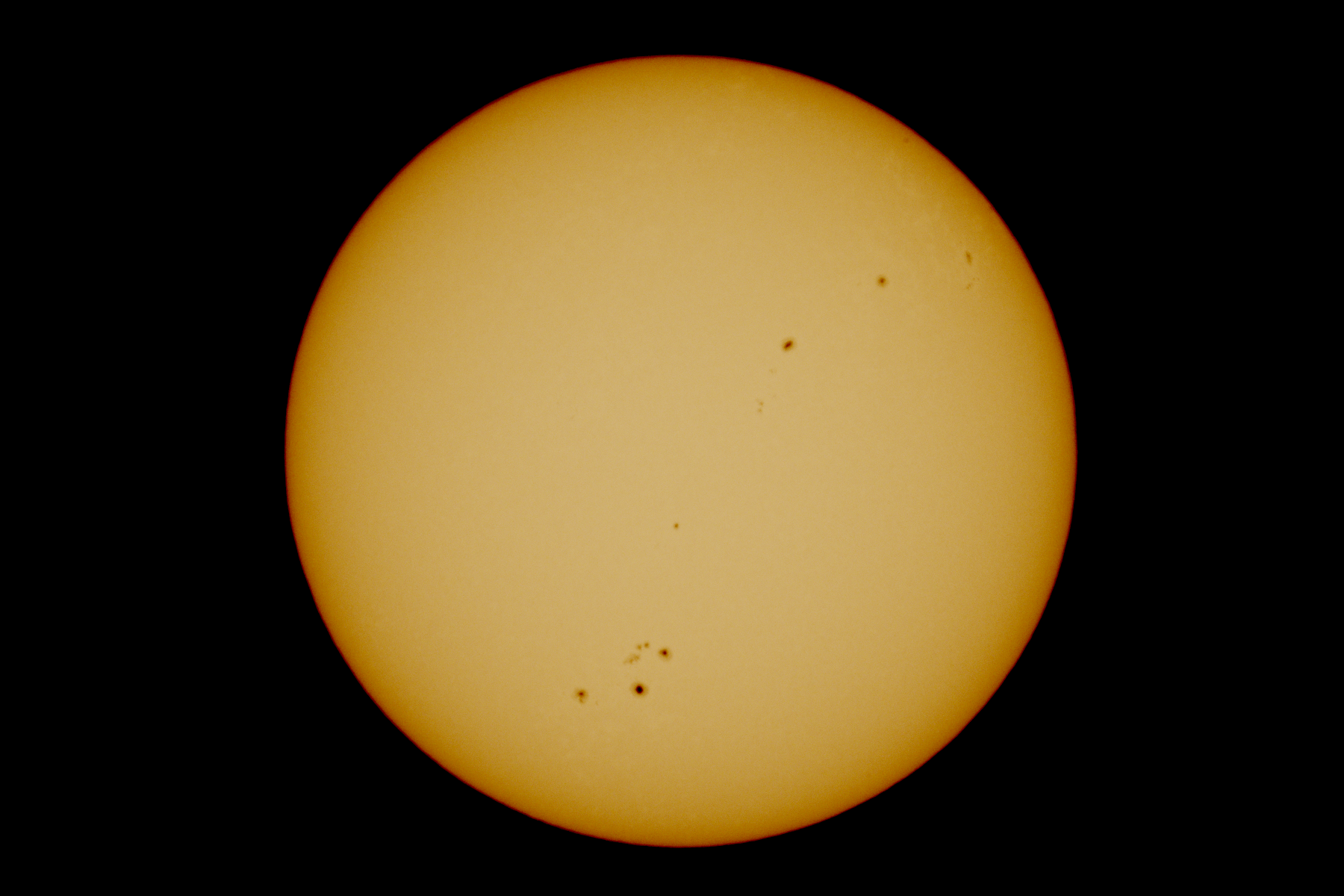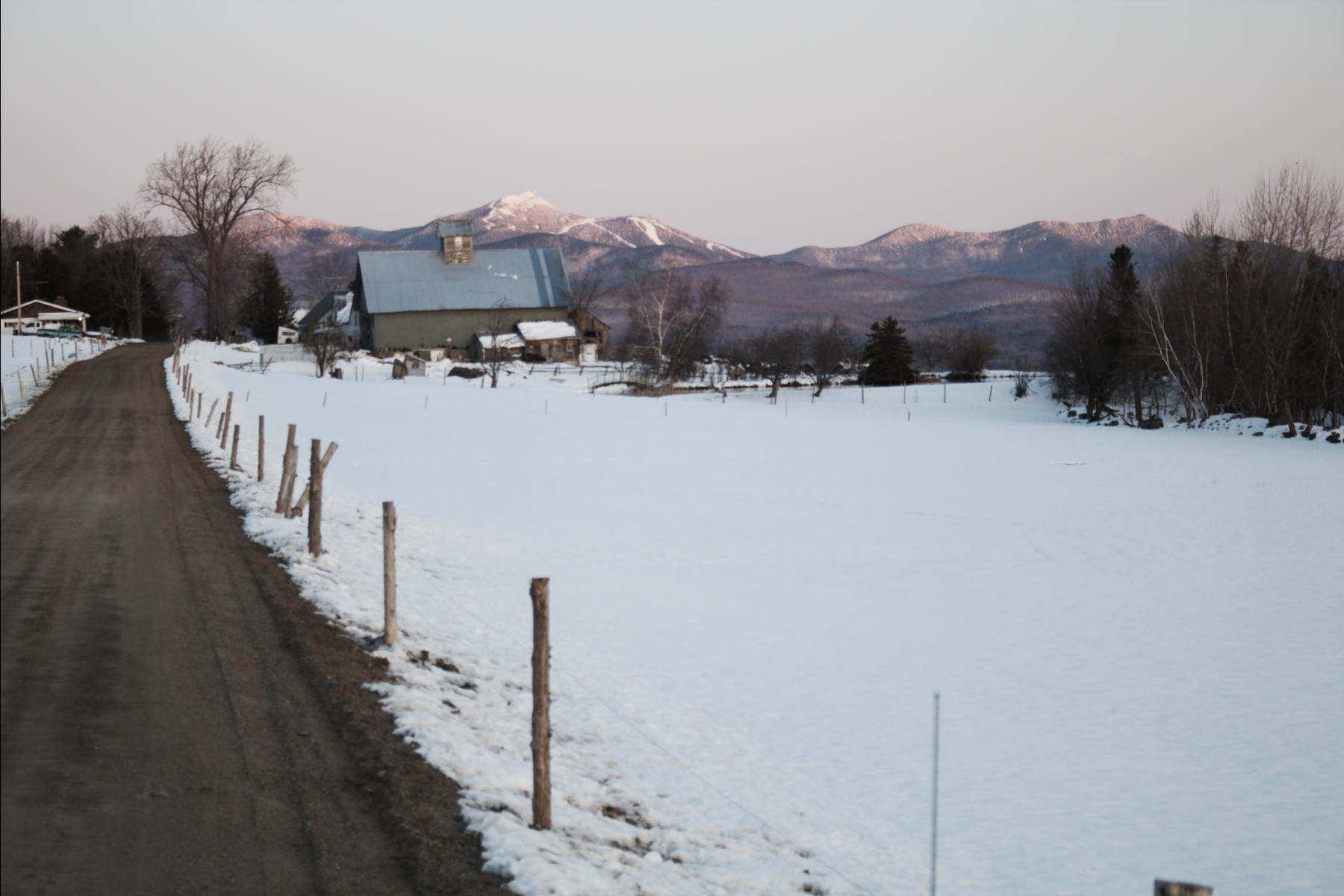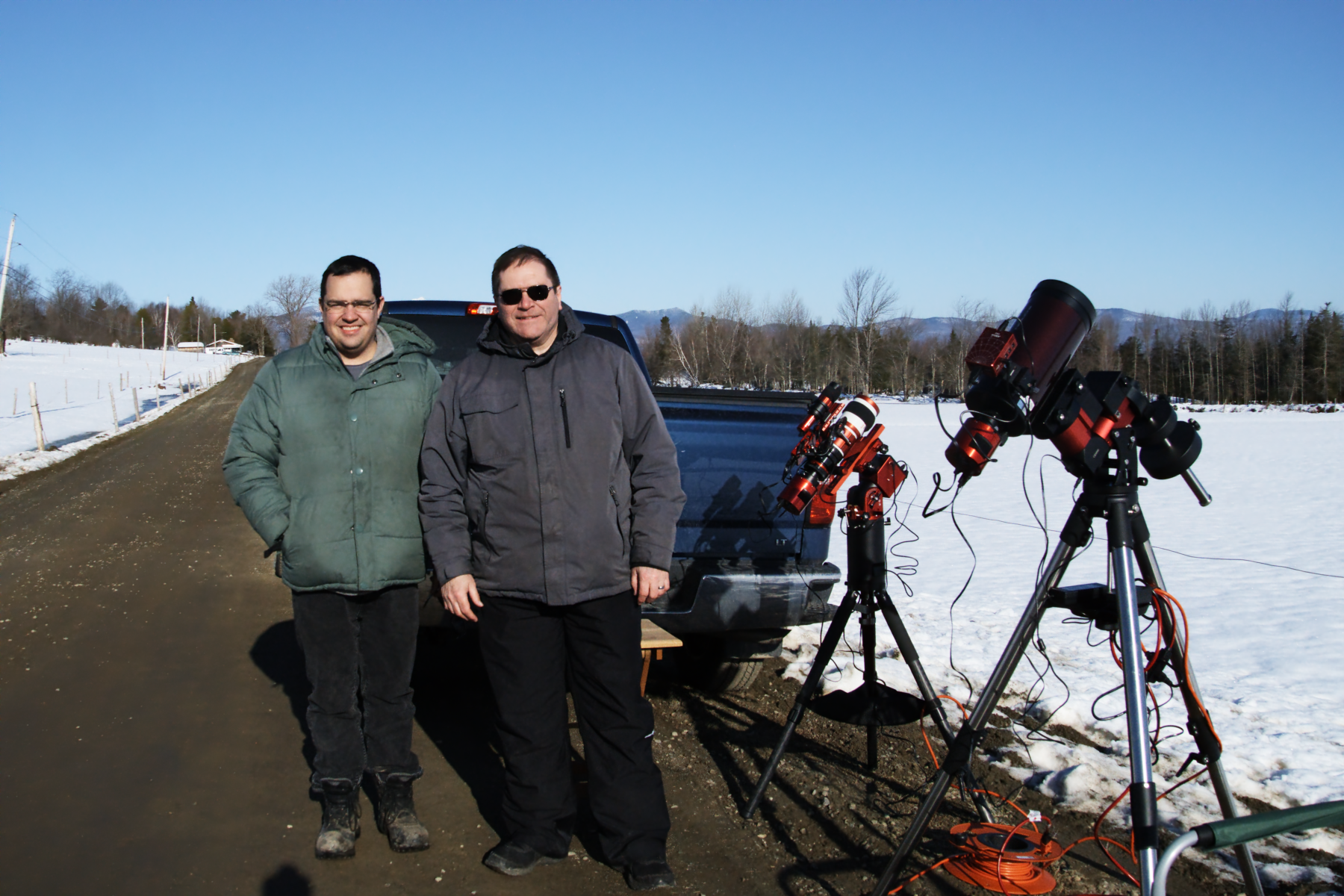8 April 2024 total solar eclipse near Newport, VT
This was the destination near Newport Center, VT also near Jay Peak.
Below are pictured a collage, a time lapse of the eclipse, the prominences, and the corona at totality.
10 June 2021 annular solar eclipse
Already past maximum, the annular eclipse of 10 June 2021 is rising out of the clouds of dawn. Taken from my back porch, each of these pictures are a single shot. I was up at 4:20 a.m. to get the telescope aligned on a single star. After all the rush, it was hurry up and wait until the sun rose above the bank of clouds. But, it was worth the wait, don't you think?
21 August 2017 Solar Eclipse from Marshall, Missouri
The previous coast-to-coast total solar eclipse in the USA occurred on 8 June, 1918. The last total eclipse seen anywhere in mainland USA occurred on 26 February, 1979. Of course, there was that annular eclipse that passed through downtown Syracuse, NY on 10 May, 1994. So, are you going to tell me that you missed the great solar eclipse of 2017?
The thumbnail pictures below were taken by my wife and I from Marshall, Missouri during the total solar eclipse on 21 August, 2017.
2012 Transit of Venus
Did you see the Venus transit on Tuesday, June 5th, 2012. Several of us were at Margie Hughto's (6970 Henderson Road in Jamesville, NY). We had the school's 5" Maksutov with a solar filter. (Never look directly at the sun without a proper filter!) Tony Potter and I timed first contact at 18:05:00 EDT (22:05 UT). Twelve other people joined us over the course of the next hour and a half. Almost everyone agreed it was way cool. I kept trying to point out that Venus is actually quite warm (about 865°F, in fact) and only appears cool because it was right in front of an even hotter sun. Everyone persisted in saying it was really cool every time they looked. Maybe I should have converted to the Rankine temperature scale?
The thumbnail pictures you see below were taken by Tom Parks. He held his digital camera right up to the Sirius 25 mm eyepeice on an Orion 127 mm SkyView Pro 5" Maksutov telescope. In the picture on the right, you can see clouds passing through our view.










































